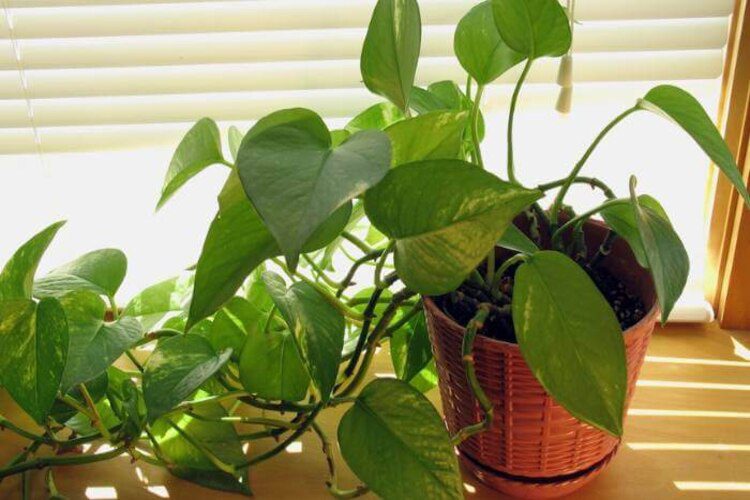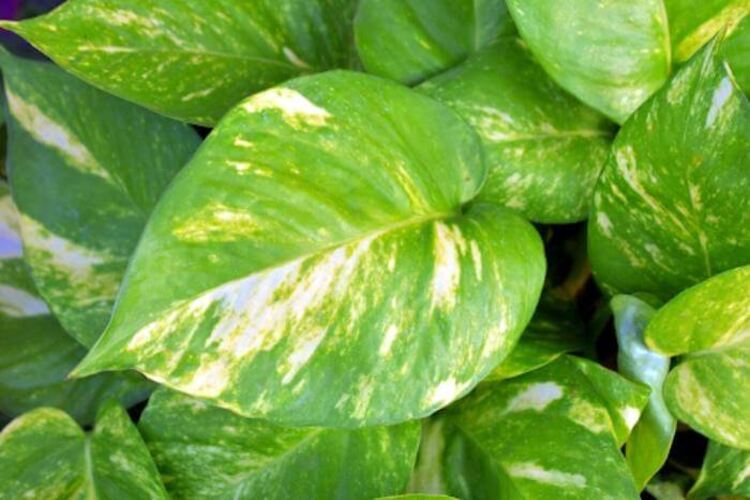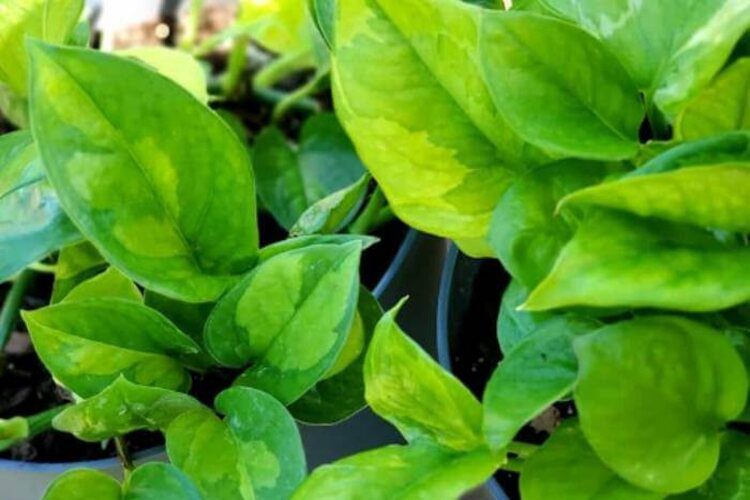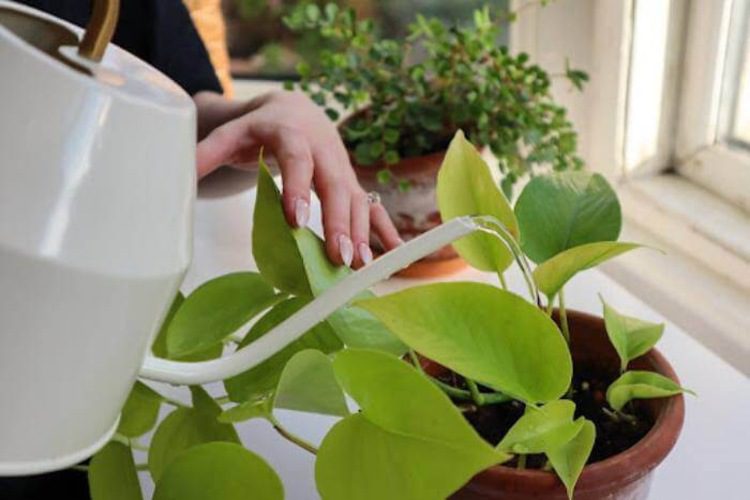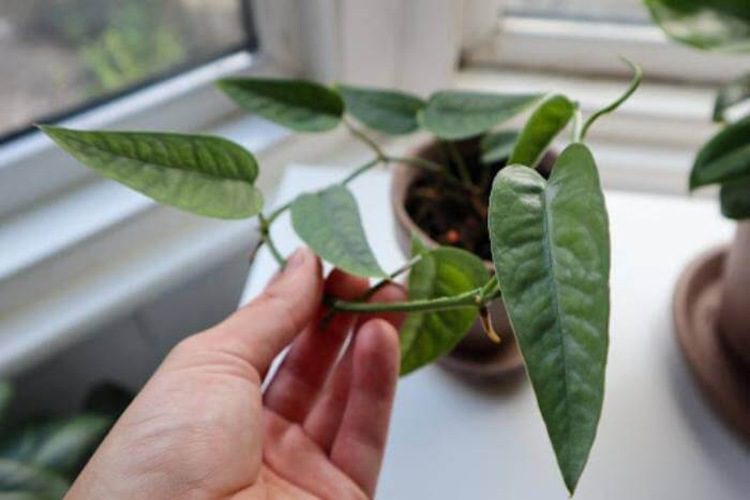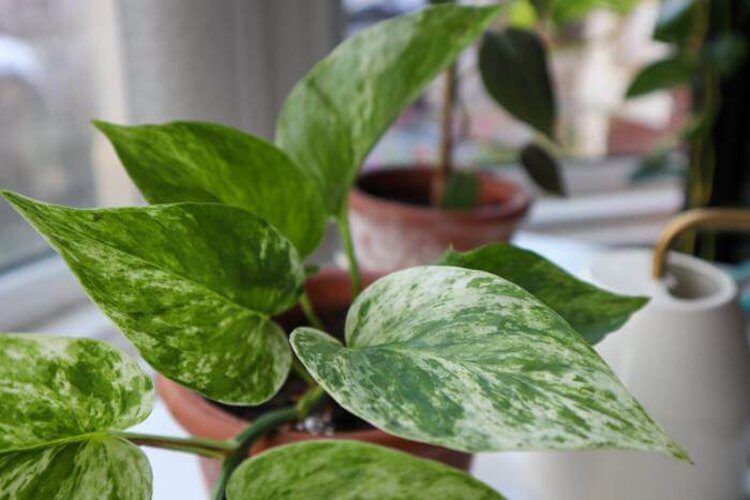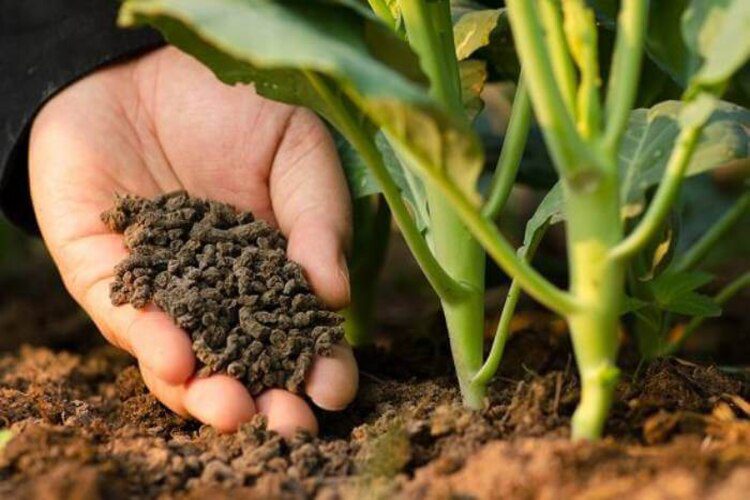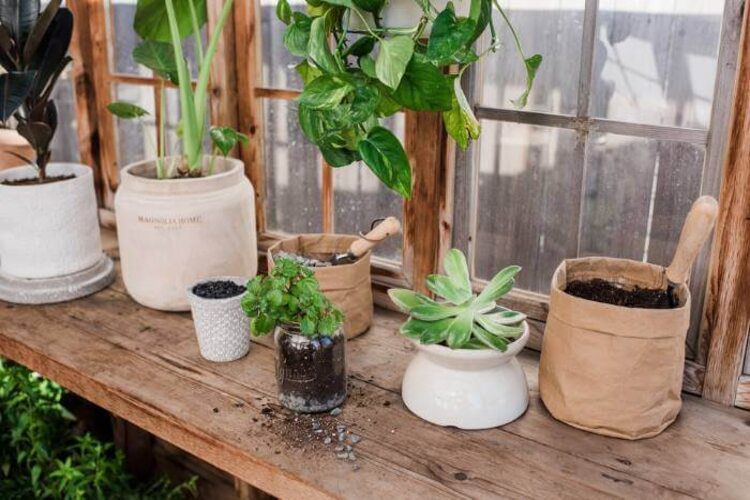Scale On Pothos: 4 Steps To Deal With It
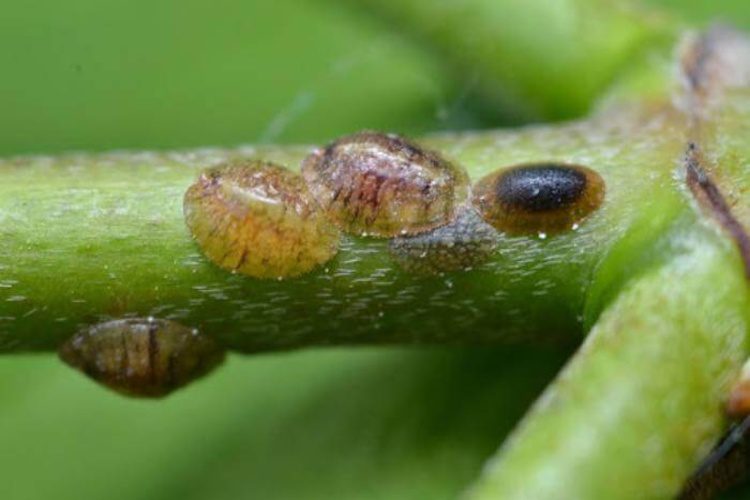
Scale is among the hardest pests to manage. Even pesticide sprays become less effective on them because of their protective shells. What’s more, those insects don’t move and have dull colouring. They stay hidden from our eyes while secretly damaging your pothos plant.
So how do you tell if pothos have scale insects? What can you do to get rid of them? Keep scrolling down, and you will find the answer.
How To Get Rid Of Scale That Attacks Your Pothos?
Scale insects cause severe issues for your plant. So once you determine that some vines have those bugs, follow these steps to get rid of them:
Step 1: Trim off the infested parts
If the infestation is minor, you can skip this stage and progress to the next one. But if you notice large issues, remove the infested parts as soon as possible. Use pruning shears to cut off the damaged plant sections when you see a clump of scale bugs.
In extreme circumstances, this task can involve severely pruning your plant. But if you handle it correctly, it will recover much stronger. After pruning all affected regions, dispose of the trimmings in the garbage rather than the compost.
Step 2: Apply rubbing alcohol
You can’t trim off all the infested parts of your plant. For the remaining scale, soak a cotton swab in rubbing alcohol and use it to remove the scale. Instead of dipping the cotton swab straight into the bottle of rubbing alcohol, you should pour the liquid into a container.
The alcohol can remove and kill stubborn scale insects. You need to scrub the harder ones off the plant with your fingernails. This step takes more time than others because you must check every section and corner of your plant. Make sure you access and work on all of them.
Step 3: Wipe off the dead scale insects
Some people wash the plant in a container or sink to eliminate the scale. However, this method may risk overwatering your plant. So, you can use a damp cloth instead. Moisten the microfiber cloth and use it to wipe the stems and leaves of your plant.
The cloth material can collect dead scales that you fail to remove with the cotton swab. While wiping the plant leaves with the cloth, continuously rinse it out. Also, apply mild pressure, or you will distress the plant.
Step 4: Spray neem oil
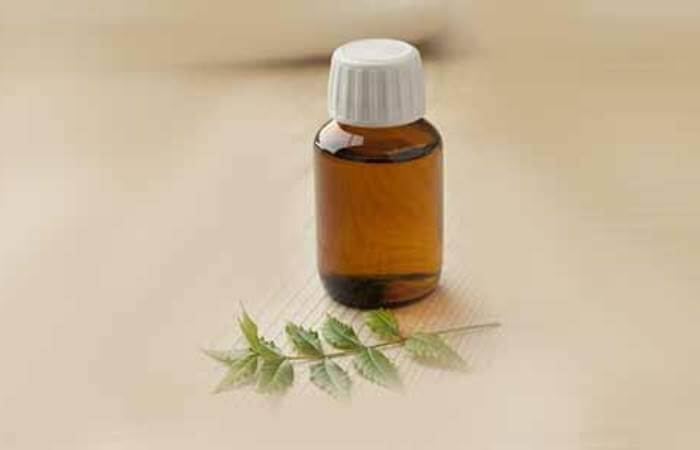
Your plants will be free of adult-scale insects when you follow the previous treatments. However, rubbing alcohol and pruning shears can only deal with the soft scale. Younger-scale insects are harder to detect. Hence, they may remain. You need to spray insecticides to remove them from the plant completely. You can use insecticidal soap for this step. It works best in the crawler stage, as the scale hasn’t developed its protective shells. Thus, we recommend insecticidal soap to treat this insect’s eggs.
However, you should check the quality and reliability of the insecticidal soap. Some manufacturers offer products that end up harming your plant. Horticultural oil, especially neem oil, is an excellent insecticide. Its natural ingredients pose no stress on the plant while killing scale effectively. Neem oil also has a profound effect that aids in future insect prevention. Many pothos lovers keep this oil on hand to treat pests too. The oil concentration is cheap and comes in bottles that last a long time. You can mix the oil with mild soap liquid and pour it into a spray bottle.
Instead of using neem oil, you may try a pre-mixed horticultural oil. It’s also effective at removing these insects. It would be best to test the neem oil solution on some leaves first and observe how your plant responds to the treatment. Also, separate the infested plant from other plants while spraying neem oil. Perform this task weekly until the infestation disappears.
What Does Scale Look Like On Pothos?
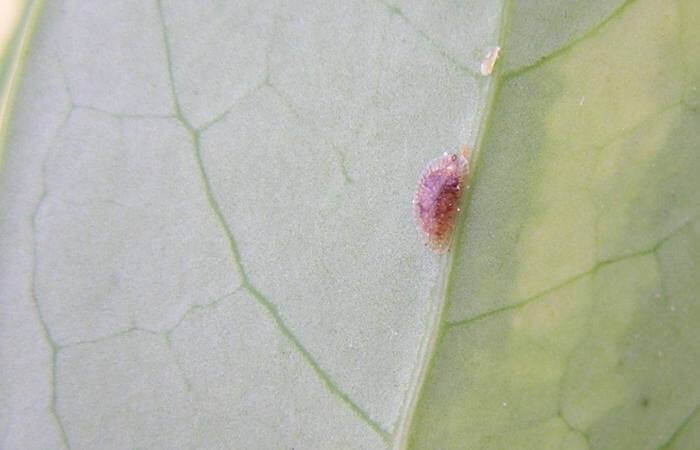
First, you should comprehensively know everything about the scale of this houseplant. It includes what it is, how it looks, what causes the problem, and lastly, the signs the plant displays to you.
Scale resembles a plant disease in appearance. However, it is an infestation caused by 7,000 different kinds of sap-sucking insects. Scale insects develop better in indoor plants because they don’t have natural predators. Unlike beneficial insects, they harm the leaves, stems, and entire plants.
Appearance
Scale insects are hard to detect on plants. They look more like an odd growth on the plant than a bug. Those scale bugs are tiny, about 1/16 to 1/8 inches long. They have a flat oval or circular shape. You can find them on the foliage and stems of the pothos. They can also cause holes in Pothos leaves.
Without their natural predators, scale insects gather on plants and reach a certain size. Then, they become quite noticeable. They can be any hue, such as white, tan, or brown.
Causes
Too much humidity is the primary cause of scale on indoor plants. Scale insects find this condition ideal, as they love honeydew droplets on the leaves. Particular insects that feed on honeydew will stick to the leaves. They would dry out and perish without moisture.
Overfertilization is another potential cause. The foliage on the plants will become weaker, thinner, and more vulnerable to insects if the soil contains an overwhelming amount of nitrogen.
Signs
To identify scale insects on plants, please check for these signs:
- Ovular or round bumps on the foliage or stems
- Scale insects may secrete sticky sap while feeding on leaves and branches.
- Honeydew promotes the growth of sooty mold.
How Will Scale Damage The Pothos?
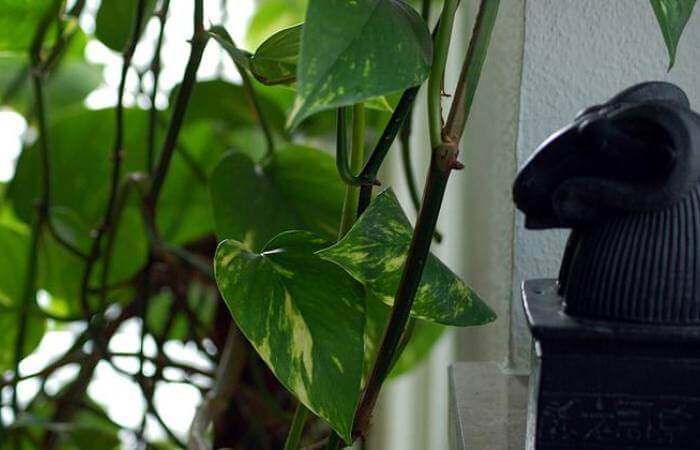
Scale infestations cause severe damage to indoor and ornamental plants. Sadly, your pothos belong to both groups.
Chewing damage
Scale insects attack plant cells when they extract plant sap, depleting nutrients necessary for their survival and development. Yellow, wilting, or lost leaves, reduced energy, stunted growth, and withered branches are all signs of scale damage to the plants. Weaker plants will be more susceptible to harm from adverse weather conditions or other diseases. They may die in the worst circumstances, and the leaves may turn brown.
Sooty mold
The upper side of leaves is where sooty mold often grows. If you notice a black coating on the foliage or stems, ants, or yellowing leaves, the pothos plant must suffer from sooty mold. The mold also hampers photosynthesis, an essential process for a plant to grow and stay healthy.
How To Keep Scale Away From Your Pothos?
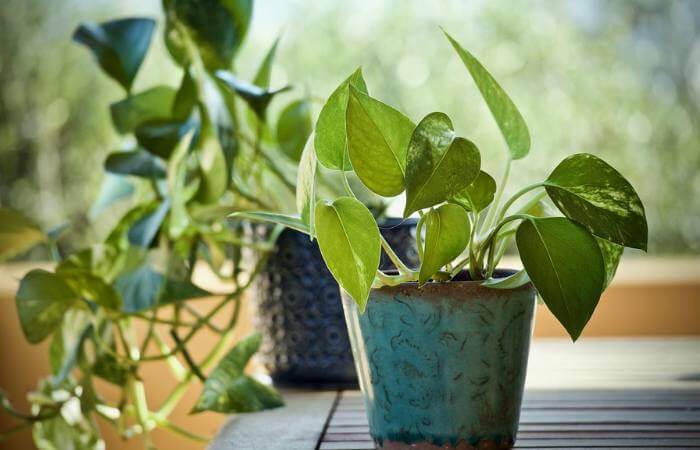
The best way to deal with scale is prevention. Bear in mind these tips to help your pothos thrive:
Keep the area clean
Remove any debris around the plant base and surrounding areas. It may carry an infestation, weakening your pothos over time.
Check new plants
Before placing new plants next to other plants, inspect them carefully to avoid spreading houseplant pests.
Keep your plant healthy
Healthy pothos plants are resistant to diseases and pests. Also, keep it watered regularly during hot days to prevent heat stress and drought.
Check the plant frequently.
It’s easier to get rid of scale soon because you just need to deal with the soft forms of this kind. Hence, establish a routine to check up on your pothos while doing other gardening chores, such as watering or fertilising.
Conclusion
Scale insects, like other houseplant pests, are annoying and dangerous to your pothos. Hence, you need to check for signs carefully and then get rid of the scale on the pothos plants as soon as possible. Hopefully, the pothos can recover healthily. Please comment in the section below if you have any questions about this topic. We will get back to you soon.
FAQs


